Recently, one of my viewers wanted to know which formula he could use to prevent an end-user from imputing a value that would exceed his budget. I created this video tutorial to demonstrate my response.
Use a Formula in Data Validation
I have identified Data Validation as one of the “Nine Essential Skills in Excel.” Here is one example – Using a Formula in Data Validation to prevent an input entry from exceeding a set budget amount
A Formula that Evaluates to TRUE
The “key” to understanding how use Formulas in Data Validation – When the formula answer is TRUE, the entry is accepted; When the answer to the formula is FALSE, the Error Message that you create prevents an invalid entry.
Remember, that in Data Validation, only the STOP style will prevent an invalid entry.!
Video Training Resources
I invite you to visit my secure online shopping website – http://shop.thecompanyrocks.com – to preview the many video training resources that I offer you.
Watch This Tutorial in High Definition
Follow this link to watch my Excel Tutorial in High Definition on my YouTube Channel – DannyRocksExcels
 Learn How to Use Data Validation When Creating a Budget [ 10:43 ] Play Now | Play in Popup | Download (6520)
Learn How to Use Data Validation When Creating a Budget [ 10:43 ] Play Now | Play in Popup | Download (6520)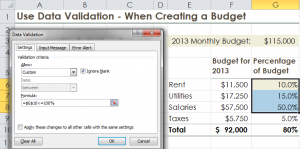
















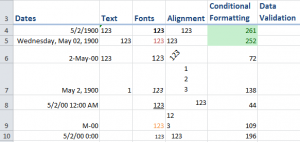
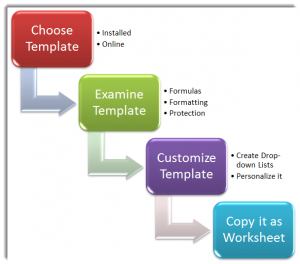
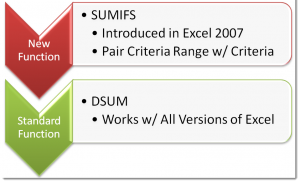
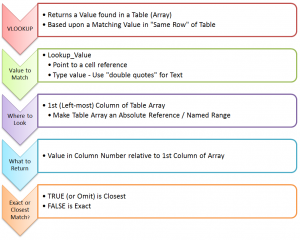
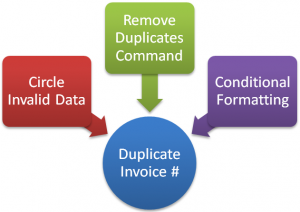
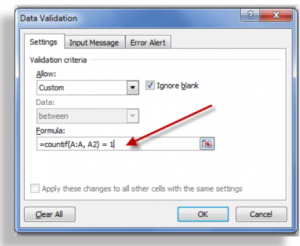


How to Take Advantage of the Go To Special Dialog Box Options in Excel
Go To Special Options
In my opinion, the Go To Special Options Dialog Box offers some of the most useful tools in Excel!
Why?
Because, you must…
Select Cells Before Performing an Action on these Cells
The “key” to understanding ANY MS Office or Windows Program is… You MUST select a single cell or a range of cells BEFORE you can perform an action on them – e.g. Formatting you selection, deleting your selection, editing your selection or auditing your selection.
Tips Presented in this Video Tutorial
I am positive that Excel users at ANY LEVEL will be able to pick up at least one solid tip from this Video Tutorial. Please send me your comments to let me know what you learned – or what you need clarification on.
Watch Tutorial in High Definition Mode
Follow this link to view this Excel Tutorial in High Definition / Full Screen Mode on my YouTube Channel – DannyRocksExcels
Learn About My New Extended Length Excel Video Tutorials
I have just published the first in a series of “Extended Length” – 90 Minutes – Video Tutorials, “Excel Pivot Tables to Summarize, Analyze and Present Your Data.” Follow this link to learn more about this tutorial. I have created separate versions of the tutorial for Excel 2010, 2007 and 2003.